Hamsters are adorable, small-sized pets perfect for individuals or families looking for a low-maintenance pet. They’re known for their playful nature and cute, chubby cheeks. However, before you rush off to buy one, consider some essential things.
Things to Know Before buying a hamster
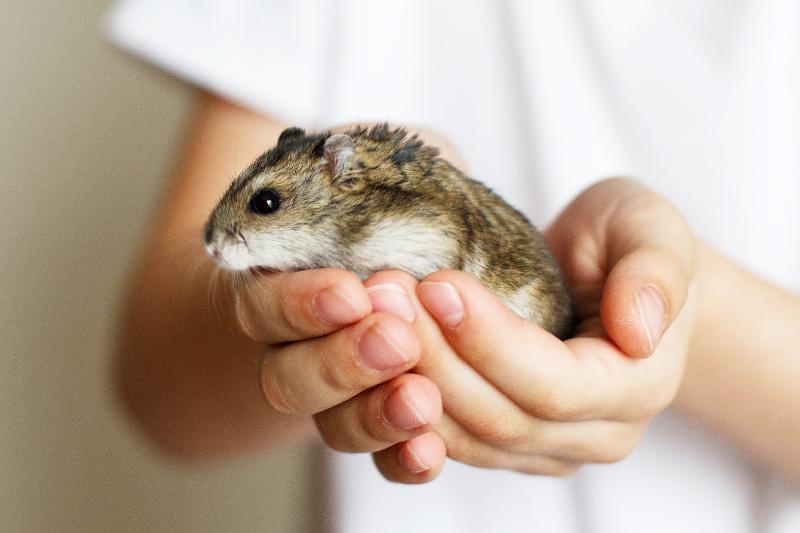
1. Lifespan: Hamsters typically live for 2-3 years. Be prepared to commit to caring for your furry friend for this duration.
2. Space: Hamsters need space to roam and play. Make sure you have enough room in your home for a decent-sized cage.
3. Time: Despite being low-maintenance, hamsters still require attention. They need feeding, cleaning, and some playtime with their owners.
4. Allergies: Some people are allergic to hamsters or the hay that lines their cages. Ensure no one in the household is allergic before bringing one home.
Choosing the right type of hamster
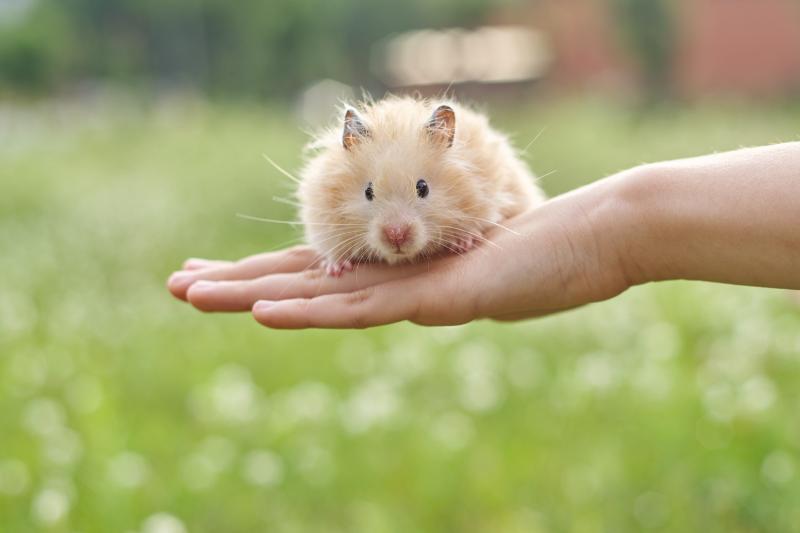
There are several types of hamsters, each with unique characteristics. The most popular ones include:
Syrian Hamsters: These are the largest breed and prefer living alone. They’re friendly and easy to handle, making them suitable for beginners.
Dwarf Hamsters: These tiny creatures can live in pairs or small groups if introduced at a young age. They’re active and fun but can be a bit trickier to handle due to their size.
Where to buy a hamster
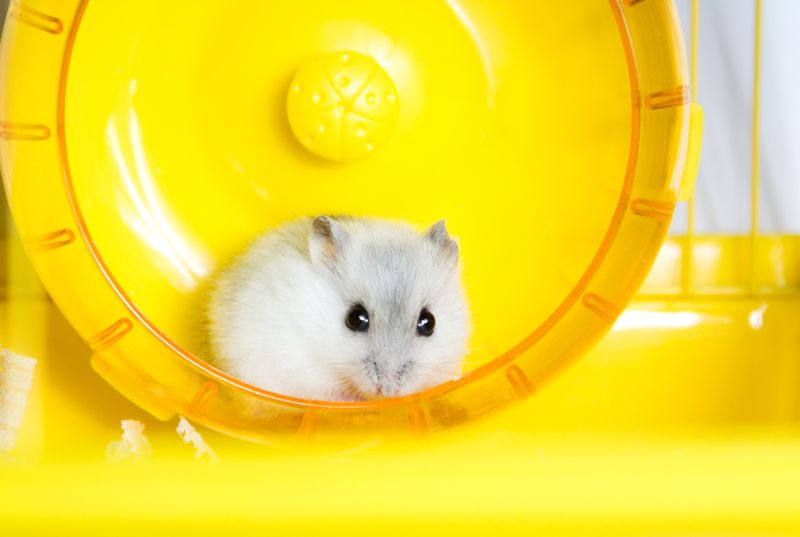
When it comes to purchasing a hamster, you have several options:
Pet Stores: Pet stores often have a variety of hamsters available. However, make sure the store is reputable and treats its animals well.
Breeders: Buying from a breeder can be a good option if you’re looking for a specific breed of hamster. Breeders usually take excellent care of their animals and know their history.
Rescue Centers: Many hamsters need homes, and adopting from a rescue center can be rewarding.
Here’s a table summarizing the key points:
Consideration | Explanation |
|---|---|
Lifespan | Hamsters live 2-3 years on average |
Space | A decent-sized cage is required |
Time | Regular feeding, cleaning, and playtime needed |
Allergies | Check for potential allergies in the household |
Type of Hamster | Syrian (large, solitary) or Dwarf (small, social) |
Where to Buy | Pet store, breeder or rescue center |
Remember, owning any pet is a responsibility that should not be taken lightly. Make sure you’re fully prepared before bringing home your new furry friend!
Setting Up the Cage
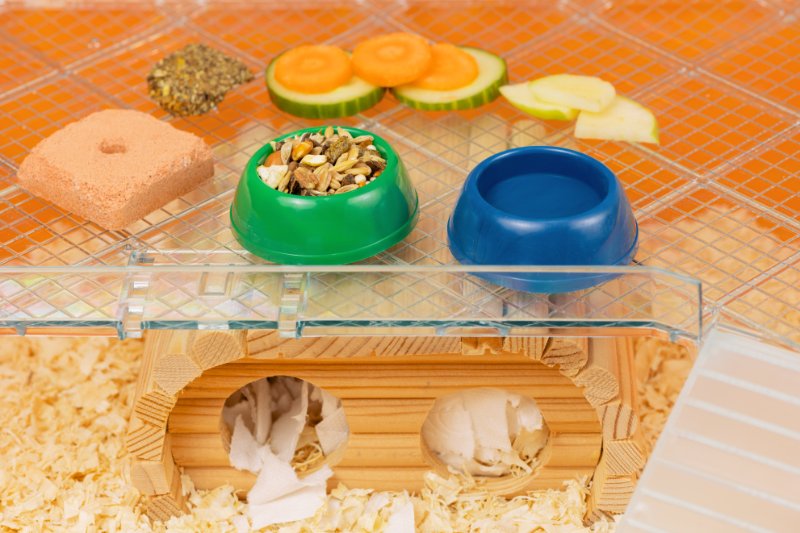
For any prospective hamster owner, the first and most crucial step is setting up a comfortable and safe environment for their new furry friend. This involves selecting an appropriate cage, choosing the right bedding and substrate, and equipping the cage with essential accessories.
Selecting the appropriate cage
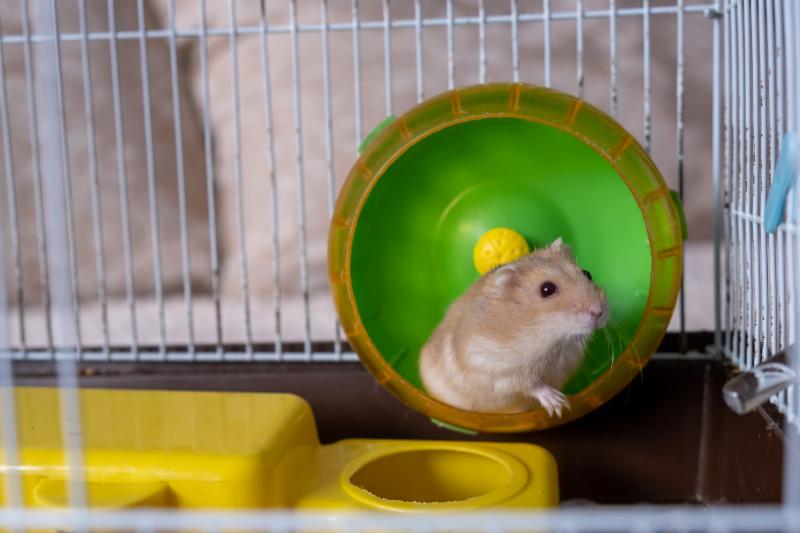
When it comes to choosing a hamster cage, size matters. Hamsters are active creatures that need plenty of space to roam, play, and exercise. A small cage can lead to stress, obesity, and other health issues. The minimum recommended size for a hamster cage is 450 square inches of unbroken floor space. Wire cages with solid bottoms are a popular choice due to their good ventilation.
Bedding and substrate options
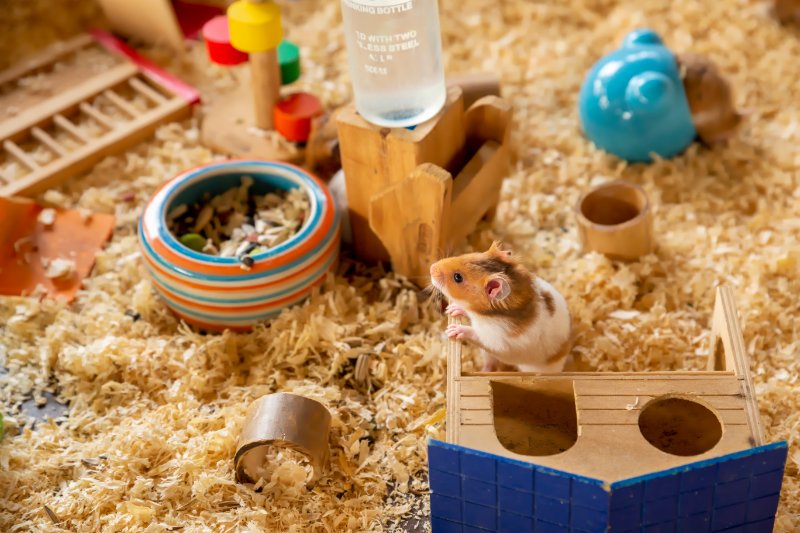
The next step in setting up your hamster’s home is choosing the right bedding. Hamsters love to burrow, so a thick layer of bedding is essential. Paper-based bedding is a popular choice due to its softness and absorbency. Avoid cedar or pine shavings as these can cause respiratory problems in hamsters.
Essential cage accessories
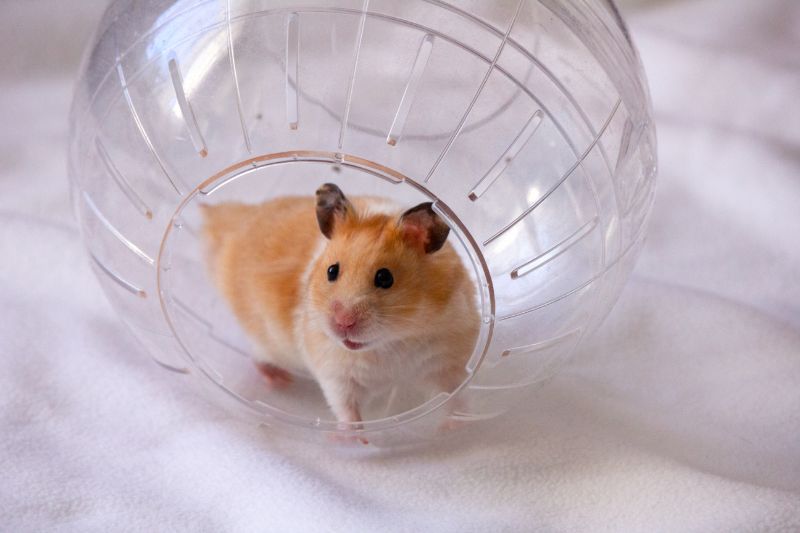
Equipping your hamster’s cage with essential accessories will help keep them healthy and happy. These include:
1.Exercise Wheel: Hamsters are active creatures that need regular exercise. An exercise wheel provides an excellent outlet for their energy.
2.Hideouts: Hamsters are naturally shy creatures that like to hide away when they sleep or feel threatened. Providing a hideout gives them a sense of security.
3.Food and Water Dishes: Ensure your hamster has access to fresh food and water at all times by providing suitable dishes.
4.Toys: Toys help keep your hamster entertained and mentally stimulated.
Here’s a table summarizing the key points:
Cage Setup Component | Explanation |
|---|---|
Selecting the appropriate cage | – Size matters: The minimum recommended size for a hamster cage is 450 square inches. – Ventilation: Wire cages with solid bottoms offer good ventilation. |
Bedding and substrate options | – Burrowing: Hamsters love to burrow, so a thick layer of bedding is essential. – Material: Paper-based bedding is soft and absorbent, while cedar or pine shavings can cause respiratory problems. |
Essential cage accessories | – Exercise Wheel: Provides an outlet for energy.- Hideouts: Provide a sense of security.- Food and Water Dishes: Ensure access to fresh food and water.- Toys: Keep your hamster entertained and mentally stimulated. |
Remember, setting up the perfect home for your new pet hamster requires careful consideration of each of these elements. With the right setup, you’ll be on your way to creating a happy and healthy environment for your new furry friend!
Hamster Nutrition
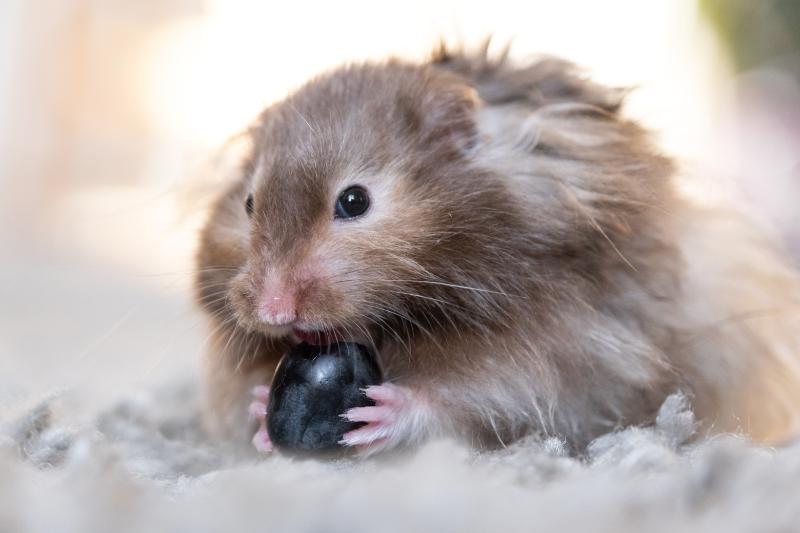
When it comes to owning a hamster, understanding their dietary needs is crucial. Just like humans, hamsters require a balanced diet to stay healthy and active. This involves providing them with the right mix of proteins, carbohydrates, and fats.
Understanding hamster diet
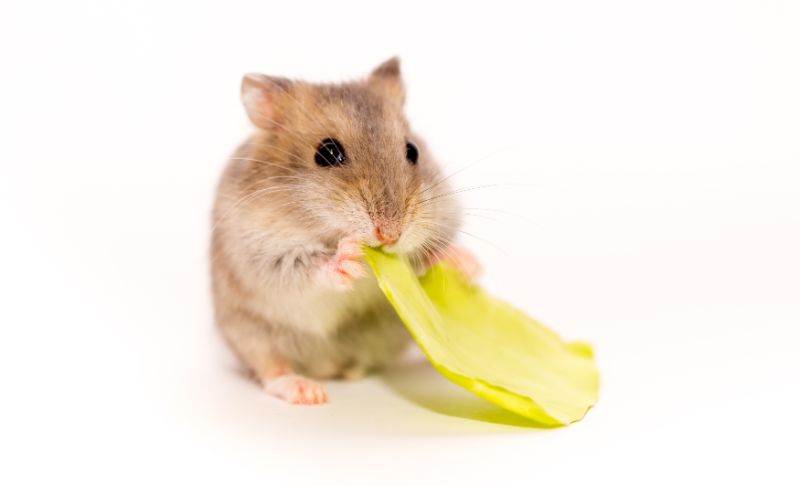
Hamsters are omnivorous creatures, meaning they eat a variety of foods ranging from seeds, fruits, vegetables to small insects. They need a balanced diet that includes fresh fruits and vegetables, high-quality hamster pellets, and occasional protein sources like mealworms or boiled eggs.
It’s also essential to provide your furry friend with plenty of fresh water daily. Remember to avoid feeding them toxic foods like onions, garlic, chocolate, or any citrus fruits.
Choosing the right hamster food
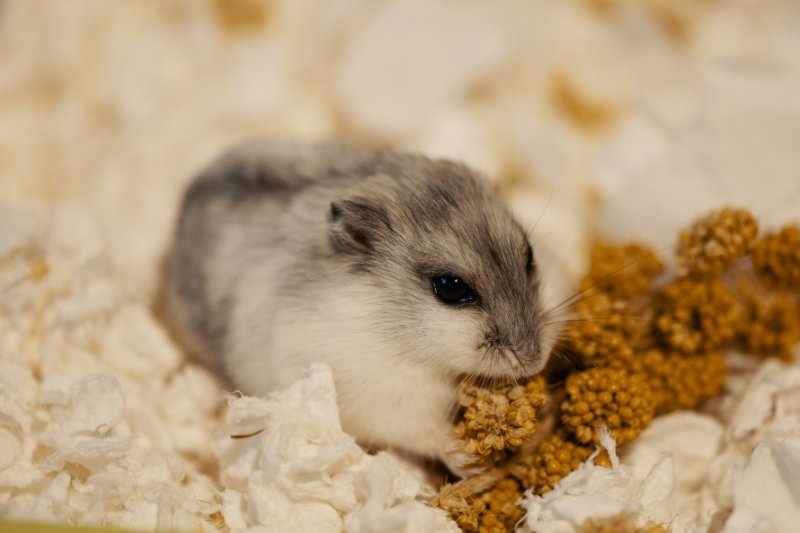
Choosing the right food for your hamster can be overwhelming with the plethora of options available in the market. However, the best food for your pet is usually a high-quality commercial hamster mix. These mixes typically contain a variety of seeds, grains, cracked corn, and pellets that provide the necessary nutrients.
It’s advisable to supplement this with fresh fruits and vegetables such as apples (without seeds), carrots, broccoli, and cucumbers. Avoid overfeeding them as it can lead to obesity and other health issues.
Safe and healthy treat options
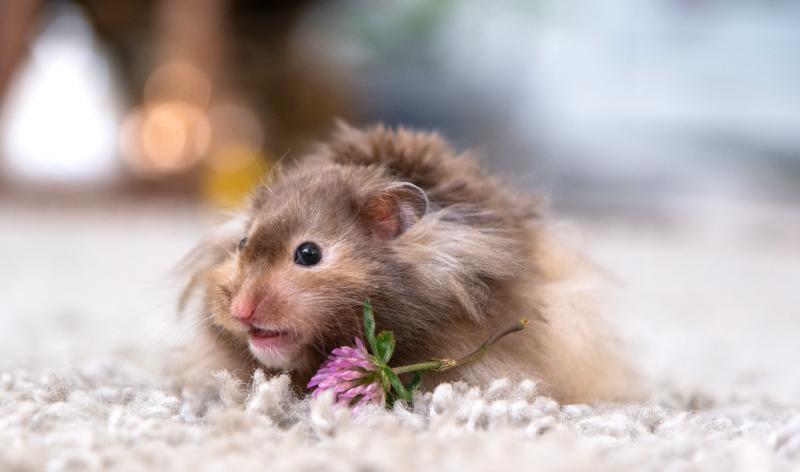
Treats are an excellent way to bond with your pet hamster, but they should be given sparingly. Safe treat options include small pieces of fruits or vegetables, whole grain bread or pasta, and cooked lean meat or eggs.
Remember that treats should not make up more than 10% of your hamster’s daily diet. Always remove any uneaten fresh food from their cage after a few hours to prevent it from spoiling.
Here’s a quick overview of what you need to know about hamster nutrition:
Topic | Key Points |
|---|---|
Understanding Hamster Diet | – Hamsters are omnivores: They eat a mix of seeds, fruits, vegetables and small insects. – Provide fresh water: Always ensure your hamster has access to clean water. – Avoid toxic foods: Onions, garlic, chocolate and citrus fruits are harmful to hamsters. |
Choosing the Right Hamster Food | – Opt for high-quality commercial hamster mix: These mixes provide necessary nutrients.- Supplement with fresh produce: Add in small amounts of safe fruits and vegetables.- Avoid overfeeding: Overeating can lead to obesity and other health issues in hamsters. |
Safe and Healthy Treat Options | – Give treats sparingly: Treats should not make up more than 10% of your hamster’s daily diet.- Opt for safe treats: Small pieces of fruits or vegetables, whole grain bread or pasta, cooked lean meat or eggs are safe options.- Remove uneaten fresh food: Prevent spoilage by removing any uneaten fresh food after a few hours. |
Hamster Health and Care
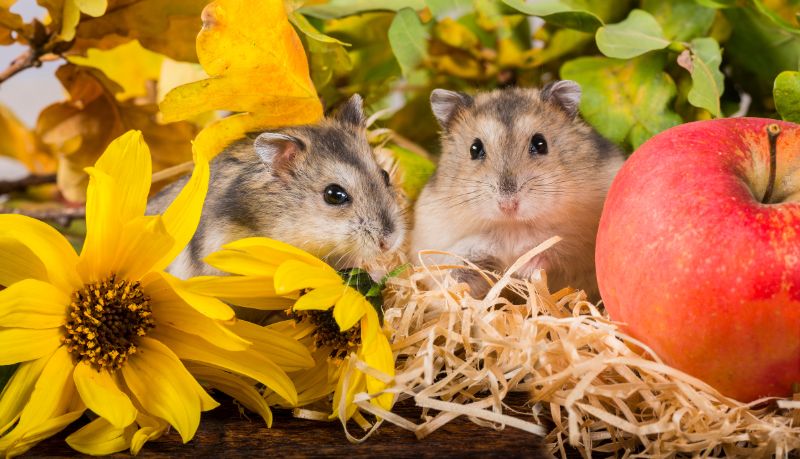
Hamsters are adorable, tiny creatures that have a way of winning hearts with their endearing antics. They are a popular choice as pets, especially for children. However, like any other pet, hamsters require proper care to ensure they stay healthy and happy.
Signs of a healthy hamster
Healthy hamsters exhibit certain signs that indicate they are in good shape. They have bright, clear eyes free from discharge. Their fur is clean and well-groomed, and their skin is free from sores or bald patches. A healthy hamster is active and alert, showing interest in its surroundings and displaying normal behaviors such as burrowing, exploring, and hoarding food.
Their body condition is also crucial. A healthy hamster should not be too thin or too fat. Their teeth should be straight and not overly long, while their droppings should be firm and not loose or watery.
Common health issues in hamsters
Despite your best efforts, your hamster may still face some health issues. Some common health problems in hamsters include:
1. Wet Tail: This is a serious condition often caused by stress or poor living conditions. Symptoms include diarrhea, loss of appetite, lethargy, and a wet or soiled tail area.
2. Respiratory Infections: Hamsters can suffer from respiratory infections caused by bacteria. Symptoms include sneezing, difficulty breathing, discharge from the eyes or nose, and lethargy.
3. Dental Problems: Hamsters’ teeth grow continuously throughout their lives. If they don’t wear down properly, they can become overgrown, leading to difficulty eating and weight loss.
4. Tumors: Hamsters can develop tumors, particularly as they age. These can occur anywhere on the body but are most commonly found in the adrenal glands or lymphatic system.
In conclusion, owning a hamster requires careful attention to their health and wellbeing. Regular checks for signs of illness and prompt veterinary care when needed can ensure your furry friend leads a long and happy life.
Here’s a table summarizing common health issues in hamsters:
Health Issue | Symptoms | Causes |
|---|---|---|
Wet Tail | Diarrhea, loss of appetite, lethargy | Stress or poor living conditions |
Respiratory Infections | Sneezing, difficulty breathing | Bacterial infections |
Dental Problems | Difficulty eating and weight loss | Teeth not wearing down properly |
Tumors | Visible lumps on the body | Common in aging hamsters |
Remember to always consult with a vet if you notice any changes in your hamster’s behavior or appearance.
Handling and Taming Your Hamster

For those who have chosen a hamster as a pet, it is essential to understand the importance of handling and taming. A hamster is a small creature with a big personality, and it requires careful handling to ensure its comfort and safety.
Taming a hamster is not just about teaching it tricks, but it’s more about building a relationship of trust and understanding. It’s about creating an environment where they feel safe and secure. This process can take time, patience, and consistency.
Building trust with your hamster
Trust is the foundation of any relationship, including the one with your hamster. Here are some steps to build trust with your new furry friend.
1.Respect their space: Hamsters are territorial animals, meaning they do not like their space invaded. Allow them to have their own space and avoid reaching into their cage unnecessarily.
2.Hand feeding: One of the best ways to build trust with your hamster is through feeding. Start by feeding them treats from your hand. This will help them associate your scent with positive experiences.
3.Gentle handling: Always handle your hamster gently. Make sure you are calm and relaxed before picking them up. Avoid sudden movements or loud noises as these can startle them.
4.Patient approach: Building trust takes time. Don’t rush the process. Allow your hamster to adjust to you and its new environment at its own pace.
Here’s a table summarizing the steps to build trust:
Step | Explanation |
|---|---|
Respect their space | Hamsters are territorial animals who appreciate having their own space. Avoid unnecessary intrusion into their cage. |
Hand feeding | Feeding treats from your hand helps the hamster associate your scent with positive experiences, building trust over time. |
Gentle handling | Always handle your hamster gently, ensuring you are calm and relaxed before picking them up to avoid startling them. |
Patient approach | Building trust takes time; allow your hamster to adjust to you and its new environment at its own pace. |
Remember, every hamster is unique and will respond differently to taming techniques. What works for one might not work for another. The key is to be patient, consistent, and understanding of their needs and behaviors.
Once you’ve established a bond of trust with your hamster, you’ll find that they’re fun pets and great companions! So take the time to understand your little friend, respect their boundaries, and enjoy the journey of building a lasting relationship with them.
Hamster Enrichment
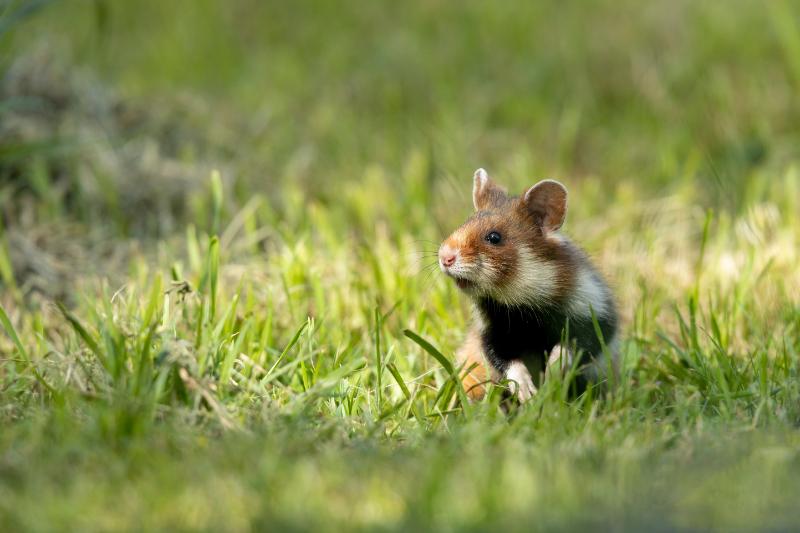
Hamsters are adorable, small, and low-maintenance pets, ideal for those who want a companion but may not have the time or space for a larger animal. However, owning a hamster comes with its own set of responsibilities, one of which is ensuring that your furry friend is mentally stimulated and has plenty of safe toys and recreation options.
Providing mental stimulation
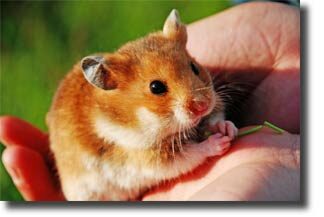
Mental stimulation is crucial for hamsters. In the wild, these creatures are constantly on the move, exploring their environment, foraging for food, and burrowing into the ground. To replicate this in a domestic setting, owners should provide a variety of activities that will keep their hamster mentally engaged.
Interactive toys: Toys that require interaction can stimulate your hamster’s mind. Puzzle toys with hidden treats can be an excellent way to engage them.
Mazes: Hamsters love to explore. Setting up a maze in their cage with a tasty treat at the end can provide them with hours of entertainment.
Tunnels: Hamsters are natural burrowers. Providing tunnels in their cage can help satisfy this instinct.
Safe toys and recreation options
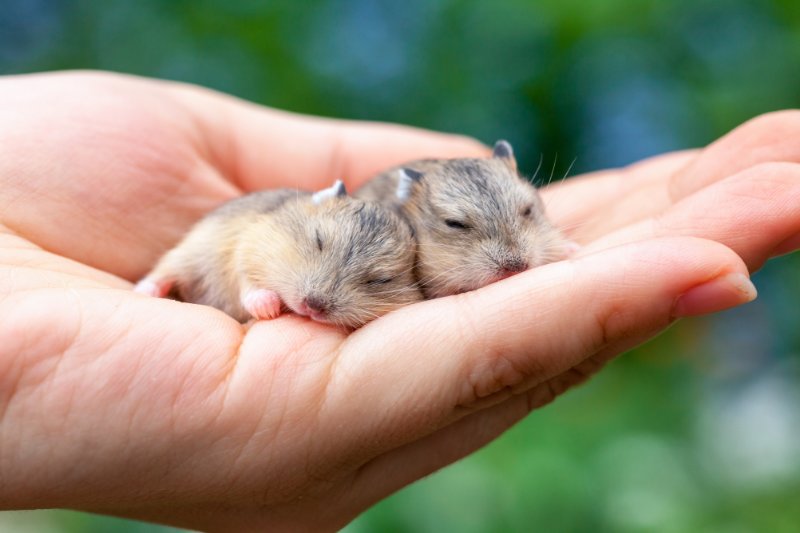
While it’s important to keep your hamster entertained, safety should always be your top priority. Here are some safe toys and recreation options for your little friend.
Exercise wheels: An exercise wheel is a must-have for any hamster cage. It provides an excellent source of exercise and entertainment. Ensure the wheel is solid to prevent any injuries.
Chew toys: Hamsters need to chew to keep their teeth healthy. Providing chew toys made from safe materials like untreated wood or cardboard can help meet this need.
Balls: Hamster balls allow your pet to explore outside their cage safely. However, they should only be used under supervision and for short periods to prevent exhaustion.
Here’s a summary table of enrichment ideas:
Enrichment Idea | Description |
|---|---|
Interactive Toys | Toys that require interaction can stimulate your hamster’s mind. |
Mazes | A maze with a treat at the end provides exploration opportunities. |
Tunnels | Tunnels satisfy your hamster’s natural burrowing instincts. |
Exercise Wheels | A must-have for physical exercise and entertainment. |
Chew Toys | Chewing is essential for dental health; provide safe materials. |
Balls | Allow your pet to explore outside their cage safely (use under supervision). |
Remember, every hamster is unique and may have different preferences regarding toys and activities. It’s all about finding what works best for your furry friend!